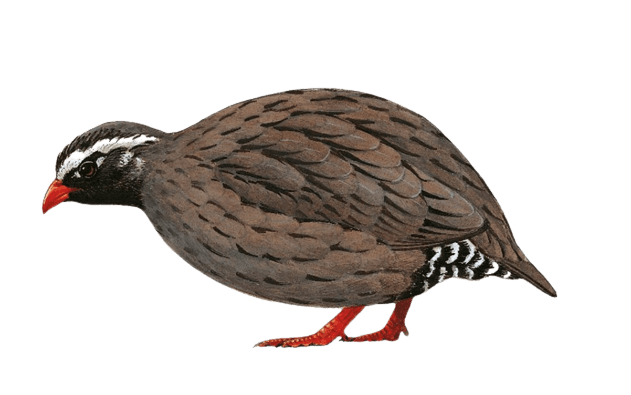
Himalayan Quail
Ophrysia superciliosaFAMILY
Pheasants, Grouse, and Allies (Phasianidae)
LAST DOCUMENTED
1876
(149 years)
REGION
Not Evaluated
IUCN STATUS
Critically Endangered
There has not been a confirmed sighting of a Himalayan Quail since 1876, but there have been scattered reports of possible sightings. This gives conservationists hope that the species could be rediscovered. Although reported sightings have been trickling in since the 1900s, the most recent possible sighting was a report from a hunter in 2010 in the mountains of northern India. The quail lives in dense grassy areas or scrubland in the Himalayan Mountains and was reportedly very difficult to flush, making it even more challenging to find. Scientists think that hunting during the colonial period may have caused the bird’s population to plummet by the end of the 19th century.
View the full details, latest updates and discussion at the species profile.








